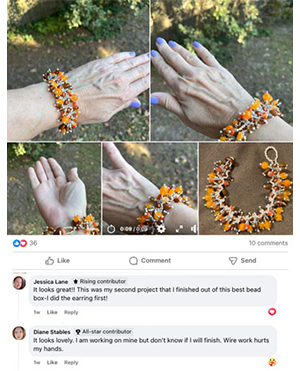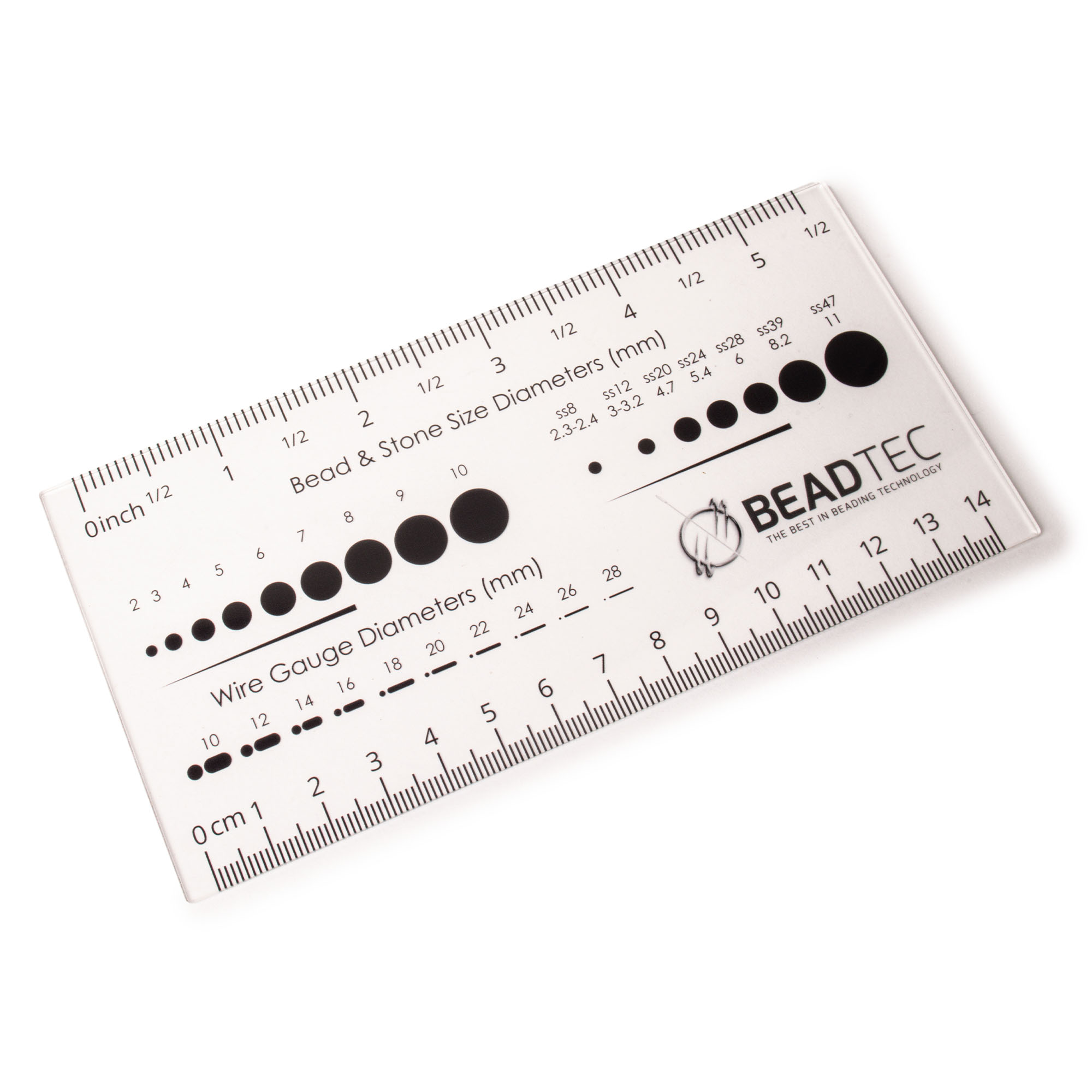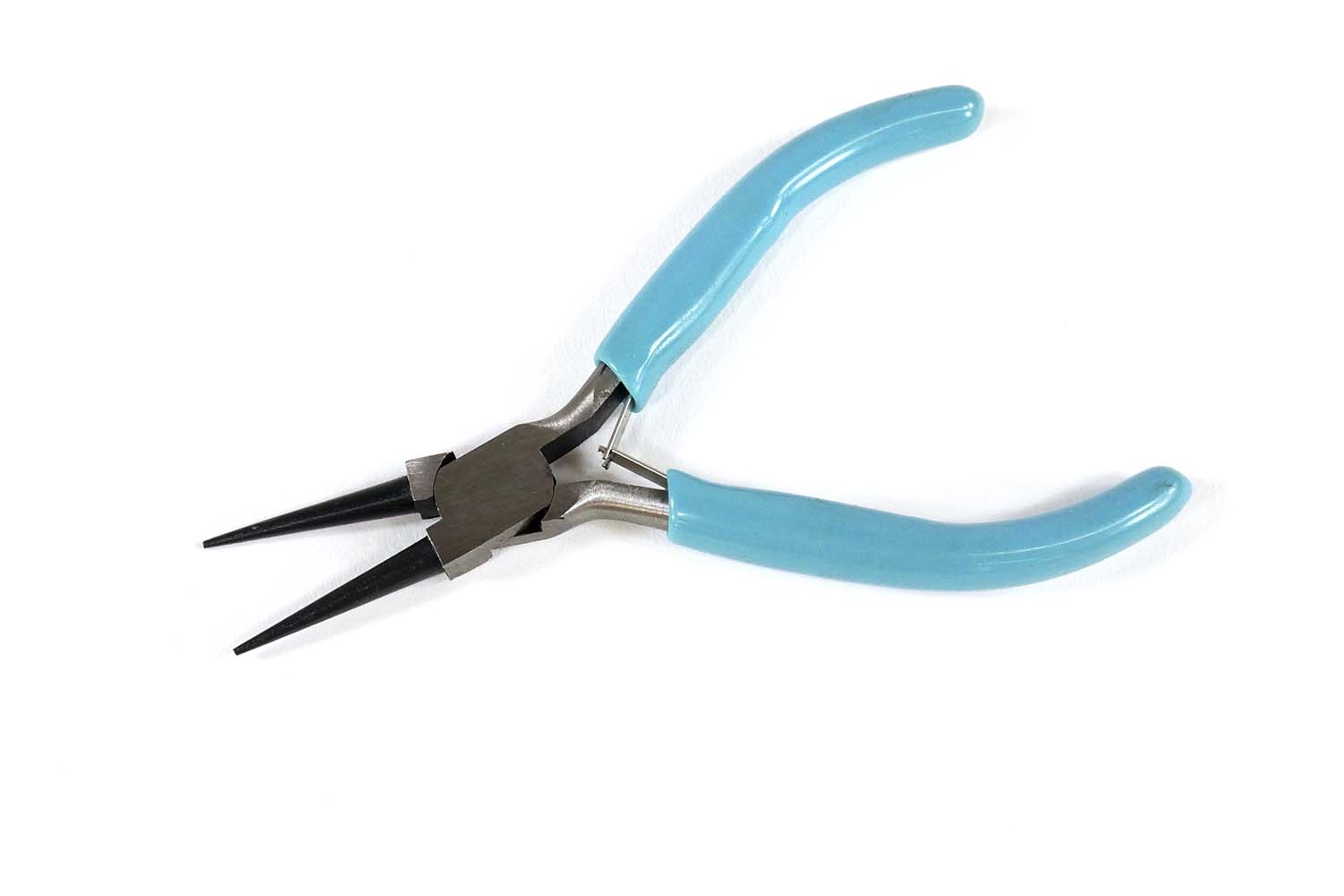- Jewelry-Making Supplies ▾
Design Jewelry with Confidence!
Seed Beads
Thread, Wire, & Stringing Materials
Athenacast Findings & Components
Everything Else
- Kits & Collections ▾
Assemble Your World
Kits & Collections
- Subscriptions ▾
Want monthly Beading Happiness?
Subscriptions
- Learn to Make ▾
Want to learn more?
- Discounts & Deals ▾
Explore Today's Promotions!
- Jewelry-Making Supplies
- Kits & Collections
- Subscriptions
- Learn to Make
- Discounts & Deals
-
Seed Beads
Thread, Wire, & Stringing Materials
Findings & Components
Everything Else
-
Kits & Collections
-
Subscriptions
- Home
- How to Make Jewelry
- Better Beader Episodes
- Selecting the Correct Head Pins
Selecting the Correct Head Pins

Watch the Video Tutorial
Watch the Video Tutorial
Need Any Extra Materials?
Need Any Extra Materials?
Need Any Extra Materials?
Need Any Extra Materials?
Episode Transcript
Episode Transcript
Introduction
Head pins are an essential component in many jewelry-making projects, particularly when creating earrings, charms, or dangles. In this Better Beader episode from Potomac Beads, we'll explore the different types of head pins available and learn how to select the perfect ones for your specific project needs. By the end of this article, you'll have a clear understanding of which head pins to use and when, ensuring your jewelry designs are both beautiful and secure.
Types of Head Pins
There are several types of head pins to choose from, each with its own unique characteristics and benefits:
- Flat Head Pins: These pins have a flat, circular head and are ideal for creating a clean, minimalist look. They work well with beads that have smaller holes and are perfect for designs where you want the focus to be on the beads themselves.
- Ball Head Pins: Featuring a rounded ball at the end, these pins add a subtle decorative element to your designs. They are versatile and work with a variety of bead sizes and styles.
- Decorative Head Pins: These pins come in various shapes and designs, such as stars, hearts, or flowers. They add a unique, ornamental touch to your jewelry pieces and can serve as a focal point in your designs.
Factors to Consider When Selecting Head Pins
When choosing head pins for your project, keep the following factors in mind:
- Bead Hole Size: Ensure that the head pin can easily pass through the holes of your chosen beads. If the pin is too thick, it may not fit, while a pin that's too thin may not provide enough security.
- Metal Type: Consider the metal type of your head pins and make sure it complements your beads and other components. Popular options include sterling silver, gold-filled, and base metal plated with various finishes like silver, gold, or antique brass.
- Length: Choose a head pin length that accommodates your design and allows for proper wrapping and finishing. Standard lengths range from 1 inch to 3 inches, but longer pins are available for more complex designs.
- Gauge: The gauge, or thickness, of the head pin affects its durability and how easily it can be manipulated. Thicker gauges (like 18 or 20) are sturdier and better for heavier beads, while thinner gauges (like 22 or 24) are more delicate and easier to wrap.
Tips for Using Head Pins
- When creating a wrapped loop, make sure to trim the excess wire close to the loop for a neat appearance.
- If you're working with delicate or expensive beads, consider using a finer gauge head pin to minimize the risk of damaging the beads.
- Experiment with different head pin styles and designs to add visual interest and variety to your jewelry pieces.
Conclusion
Selecting the right head pins for your jewelry projects is crucial for creating beautiful, long-lasting designs. By understanding the different types of head pins available and considering factors like bead hole size, metal type, length, and gauge, you'll be well-equipped to choose the perfect head pins for any project. Don't be afraid to experiment with various styles and materials to find what works best for you and your unique designs. Happy beading!
Join Our Growing Community
Join Our Growing Community




Our Testimonials
Our Testimonials
- 55883 (83.8%)
- 4801 (11.4%)
- 3287 (4.1%)
- 228 (0.4%)
- 124 (0.3%)
- Favorite Reviews
- Highest to Lowest
- Newest to Oldest
- All Ratings
- 5 ★ Reviews
- 4 ★ Reviews
- 3 ★ Reviews
- 2 ★ Reviews
- 1 ★ Reviews
Loading...
Only Visible on Admin Mode
Item Description
Designer's Material List
Project Steps
Highest Quality
Products
100% Money
Back Guarantee
Fast
Shipping
Best Teaching &
Customer Service
You'll want these emails...
Get Free Projects & Inspiration
Get Free Projects & Inspiration
- Bullet 1
- Bullet 2
- Bullet 3
Copyright © PotomacBeads









